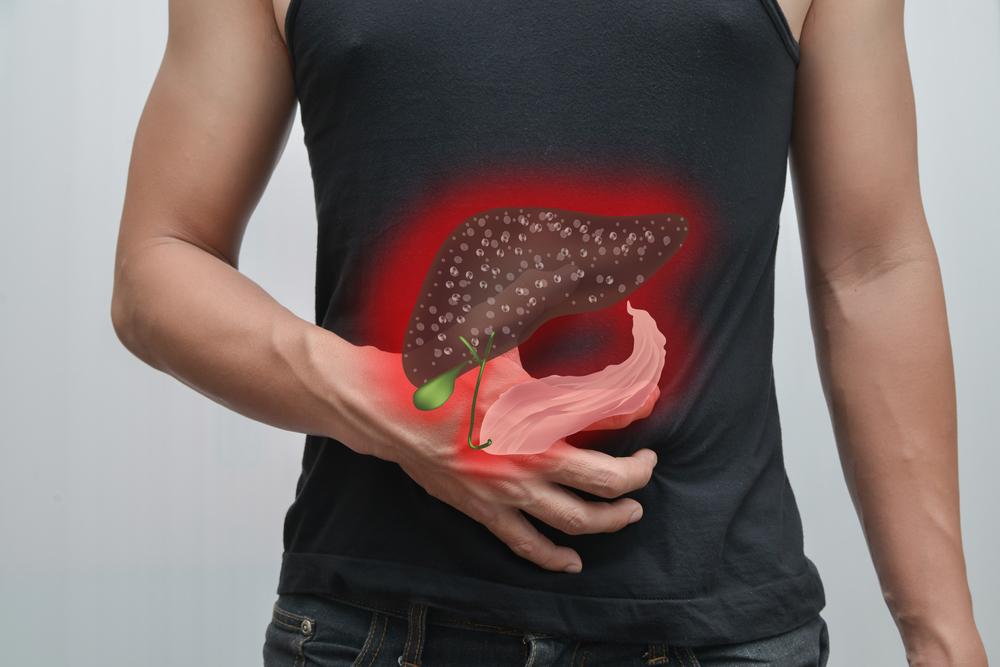The Ultimate Guide to Lung Infections: Symptoms, Diagnosis, and Prevention
This comprehensive guide explores lung infections, focusing on pneumonia. It covers symptoms, risk factors, diagnostic techniques, and preventive strategies. Understanding these critical aspects enables timely diagnosis and effective prevention, reducing complications and improving recovery outcomes across all age groups.

Understanding Lung Infections and How to Recognize Their Symptoms
Lung infections, a common health concern that affects millions worldwide, are often referred to as pneumonia. This condition involves the inflammation of lung tissues and air sacs, which can be caused by various pathogens including bacteria, viruses, and fungi. Among these, bacterial infections are particularly prevalent in adult populations. The infection leads to the alveoli, the tiny air-filled sacs in the lungs responsible for oxygen exchange, becoming inflamed and filled with pus or fluid, significantly impairing breathing function. Recognizing these changes quickly is crucial for timely treatment and better health outcomes.
Understanding The Risk Factors For Lung Infections
Although anyone can develop a lung infection, certain groups are at higher risk due to weakened immune defenses or underlying health conditions. Infants less than two years old and seniors over 65 are particularly vulnerable, owing to their developing or weakened immune systems. Additionally, individuals with a history of stroke, chronic illnesses such as asthma, diabetes, or heart diseases, face an elevated risk of pneumonia. Lifestyle factors like smoking, poor nutrition, impaired lung function, or residing in environments with high pollution or crowded living conditions can also increase susceptibility. Recognizing these risk factors helps in adopting preventive measures, early detection, and prompt treatment.
Complications stemming from lung infections can be severe, especially if the condition is advanced or not treated promptly. Even with appropriate medical intervention, severe cases can lead to bacteria entering the bloodstream—a condition known as bacteremia—which can result in systemic infections and organ failure. Respiratory distress, including difficulty breathing and low oxygen levels, is also common. In critical cases, hospitalization may be required, with some patients needing mechanical ventilation or other supportive therapies to maintain breathing until full recovery is achieved.
Accurate Diagnosis Methods for Lung Infections
Diagnosing a lung infection involves a combination of clinical evaluation and diagnostic tests. Healthcare professionals typically begin with a detailed medical history review, including symptom assessment and risk factors. A physical examination follows, focusing on lung sounds and breathing patterns. To confirm the diagnosis and determine the underlying cause, several tests are employed:
Chest X-ray - This imaging test is fundamental for detecting pneumonia, revealing inflammation, fluid buildup, or other abnormalities in the lungs.
Blood Tests - Blood work can identify signs of infection and help determine if bacteria or viruses are responsible.
Sputum Analysis - Examining mucus coughed up from the lungs enables identification of the specific infectious agent.
Urine Tests - Certain bacterial infections, such as Legionella or Streptococcus pneumoniae, can be detected through urine analysis.
Computed Tomography (CT) Scans - For more detailed visualization, CT scans provide high-resolution images, aiding in complex cases or when X-rays are inconclusive.
Fluid Sampling and Bronchoscopy - In severe or unclear cases, fluid from the pleural space or direct visualization of the airways helps in pinpointing the pathogen and guiding treatment.
Recognizing Symptoms and When to Seek Medical Help
Symptoms of lung infections can range from mild to life-threatening. Common signs include persistent cough often accompanied by mucus, fever, chills, sweating, and shortness of breath. Chest pain, especially during deep breaths or coughing, is also typical. The presentation of symptoms varies depending on the causative pathogen and patient age. Viral pneumonia tends to start abruptly with wheezing, coughing, and high fever within hours. Bacterial infections may cause more severe symptoms such as cyanosis (bluish lips), profuse sweating, confusion, and rapid breathing. Infants and young children often present with rapid breathing, nasal flaring, or feeding difficulties, which require urgent attention.
Preventive Measures for Lung Infections
The most effective way to prevent lung infections is through vaccination. Vaccines like the pneumococcal vaccine and annual influenza shots significantly reduce the risk of pneumonia caused by bacteria and viruses. Good hygiene practices, such as frequent handwashing and avoiding smoking, help strengthen lung health and immunity. Maintaining a healthy lifestyle, managing existing chronic conditions, and avoiding exposure to pollution further decrease risk. During flu season or outbreaks, taking extra precautions like wearing masks and avoiding crowded places can be beneficial. Early intervention and prompt treatment can prevent complications and lead to full recovery, allowing individuals to resume their everyday activities in good health.





